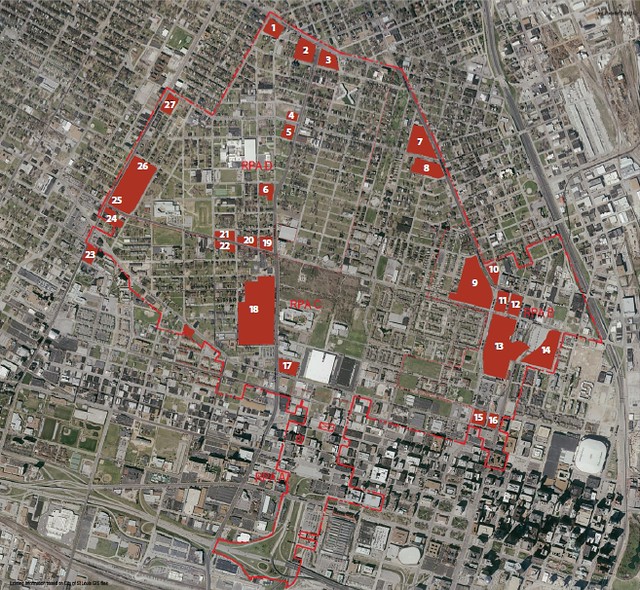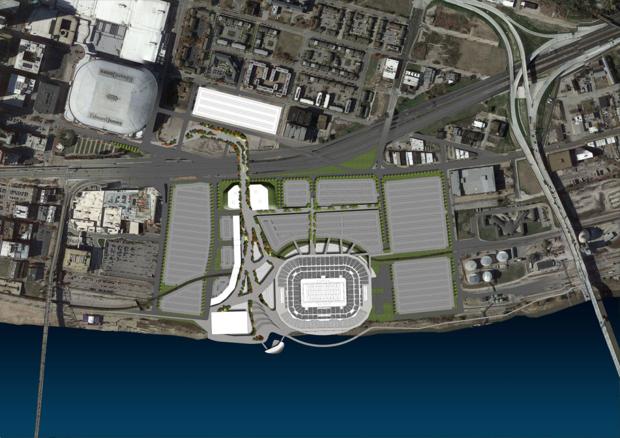Snead doesn't think relocation threat will affect free agency
• By Jim Thomas
http://www.stltoday.com/sports/foot...cle_1bdeccee-ba5a-5cd3-a944-a58dc51e9856.html
The topic of relocation barely came up during the just-completed regular season for the Rams.
About the only time it was a subject of discussion with coach Jeff Fisher and Rams players came in mid-November when Missouri Gov. Jay Nixon announced the formation of a two-man task force – Dave Peacock and Dave Blitz – to press forward with a stadium plan to keep the Rams from heading west to Los Angeles.
Peacock and Blitz announced the St. Louis plan Friday. But the fact that Rams owner Stan Kroenke reached an agreement to build a stadium in Inglewood, Calif., plans that were announced four days earlier, could make the Rams lame ducks in 2015.
In November, players said almost to a man that the possibility wasn’t a distraction — that they hadn’t really thought about it, and that they were just worried about that week’s game. But by the time they open training camp in 2015, returning players will have had an entire offseason to think about it and wonder what may lie ahead.
Even with the largely positive reaction to the Peacock and Blitz plan in St. Louis, the specter of the Inglewood project will loom over the 2015 season, in the locker room and on the practice field at Rams Park.
Fisher will do his best with the players to avoid making a possible move a distraction. But long before the games begin again for the Rams, it’ll be interesting to see what happens in March when the free agency period begins.
The Rams will have to lure free agents to St. Louis knowing full well the facility they show them may not be the facility they’ll use in 2016.
General manager Les Snead doesn’t think any of that will be an issue once the free agency period begins March 10.
“What you’re finding is, I think as you guys know, money’s No. 1 and it’s usually who’s coaching there next,” Snead told reporters last week.
The actual location of the franchise is a distant third, if that.
“We’ve gotten to this era of free agency where especially with the window of early negotiation, players aren’t taking visits any more,” Snead said.
For the past couple of years, teams are allowed to negotiate with prospective free agents for three days before the actual start of the signing period in March. That’s part of the reason free-agent tours around the country are basically a thing of the past.
That was becoming the case even before the advent of the three-day negotiating period. Players simply ask their peers what the city’s like, what the coach is like, and proceed from there.
So in most cases, at least with the first wave of higher profile free agents, players visit only one place – the city where they’re signing. They go out to dinner with team officials, meet the coaching staff, take a physical and sign the deal.
And let’s face it, many younger, single players might prefer living in Los Angles as opposed to St. Louis. But what about married players, with school-age children? Do they want to pull the kids in and out of school if the team’s here in 2015 and then leaves in another year or two?
Or if they’re from the Midwest, maybe they’d prefer to play here.
“I think with the dynamic that’s going, that particular player, that’d be a good discussion that they would have (with the family),” Snead said.
Then he added with a laugh, “And I betcha they’re not buying a house.”
Maybe they lease or rent instead, be it house, condo, or apartment.
Snead pointed out that many players have a permanent residence – or home base – that isn’t in the city where they earn their living playing football. For those with children, sometimes that means not living with the kids full-time during football season, basically the first semester of the school year.
Perhaps a more telling consequence of potential lame-duck status could be home-field advantage – or lack thereof – once the season starts. What if Rams fans, upset over Kroenke’s apparent intentions to move the team, stay away in droves next season at the Edward Jones Dome?
It might turn out to be a home-field disadvantage if only 30,000 fans are showing up each Sunday at the Dome.
“If you can compare 30,000 with going to Seattle, Seattle’s got a better home-field advantage,” Snead said. “So that’s definitely a possibility.”
If that’s the case in terms of a steep attendance decline, Rams fans could be outnumbered when Chicago and Pittsburgh come to town. Both traditionally have big followings on the road, and both are on the Rams’ 2016 home schedule.
“Whatever your (franchise) status is, if we’re going out and playing good football, I’ve got a gut feeling that as a fan, you’re gonna want to go and enjoy it,” Snead said. “I think from our football perspective we’ve got to take care of (winning), get that done, and then we’ll find out.”
Even in recent seasons, when the Rams have played to some empty seats at home, Snead says the fans who show up have been passionate in support of the team.
There just may not be as many of them next season.



